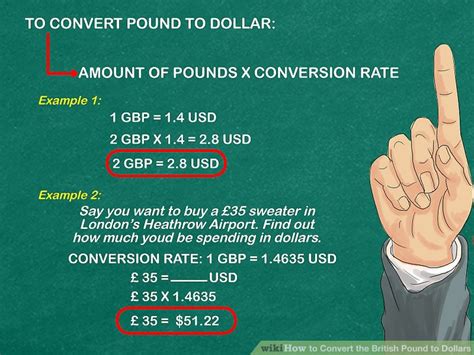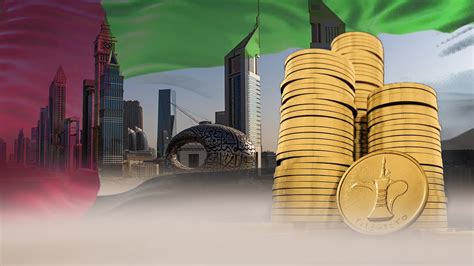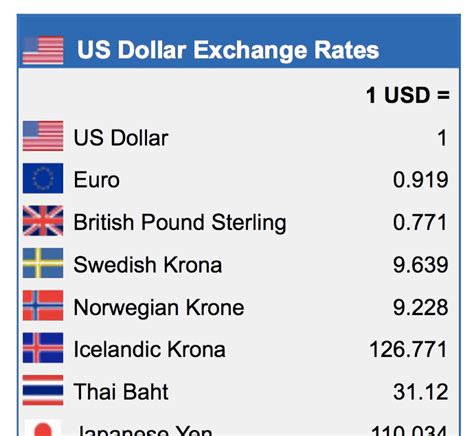Introduction
The United Arab Emirates (UAE) and the United States (US) share a strong economic bond, with the UAE being one of the largest trading partners of the US in the Middle East. This close relationship is reflected in the significant flow of currency between the two countries, particularly in the form of the UAE dirham (AED) to the US dollar (USD).

Current Market Dynamics
The AED has been pegged to the USD at a fixed rate of 3.6725 since 1980. This peg has provided stability to the UAE’s economy and facilitated international trade. The UAE Central Bank manages the peg by buying and selling USD in the foreign exchange market to maintain the exchange rate within a narrow band.
The demand for USD in the UAE is driven primarily by the country’s high import dependency. The UAE imports a wide range of goods and services from the US, including food, machinery, electronics, and vehicles. In addition, the UAE is a major destination for tourists and foreign investors, many of whom transact in USD.
On the other hand, the supply of USD in the UAE comes primarily from the country’s energy exports. The UAE is one of the world’s largest oil and gas producers, and the sale of these commodities generates significant USD revenue. Other sources of USD in the UAE include remittances from expatriate workers and investments from abroad.
Factors Influencing the Exchange Rate
Several factors can influence the exchange rate between the AED and USD, including:
- Oil Prices: Fluctuations in global oil prices can impact the demand and supply of USD in the UAE, as oil exports are a major source of foreign exchange earnings.
- Economic Growth: Strong economic growth in the UAE can increase the demand for USD as imports rise.
- US Interest Rates: Changes in US interest rates can affect the value of the USD against other currencies, including the AED.
- Regional Geopolitics: Political and economic developments in the Middle East can influence the flow of funds and the demand for USD in the region.
- Central Bank Intervention: The UAE Central Bank’s intervention in the foreign exchange market can help stabilize the exchange rate and prevent excessive volatility.
Market Trends
Over the past decade, the AED has remained relatively stable against the USD, with the exchange rate hovering around the pegged rate of 3.6725. However, there have been periods of volatility, particularly during times of global economic uncertainty or geopolitical tensions.
Looking ahead, the UAE to USD market is expected to remain stable in the near term, with the peg continuing to provide stability. However, the market will be influenced by factors such as global economic conditions, oil prices, and the central bank’s policies.
Benefits of the Currency Peg
The peg between the AED and USD offers several benefits to the UAE, including:
- Exchange Rate Stability: The peg eliminates currency risk for businesses and consumers, facilitating trade and investment.
- Low Inflation: By linking the AED to a stable currency like the USD, the UAE has been able to maintain low inflation rates.
- Foreign Investment: The peg enhances the UAE’s attractiveness to foreign investors by reducing the risk of currency losses.
Challenges of the Currency Peg
Despite its benefits, the peg also presents some challenges:
- Loss of Monetary Policy Independence: The UAE Central Bank has limited flexibility to set monetary policy independently, as it must maintain the peg.
- Potential Overvaluation: If the peg is maintained for an extended period, the AED could become overvalued, making UAE exports less competitive.
- Vulnerability to External Shocks: The peg can make the UAE vulnerable to external economic shocks, such as fluctuations in oil prices or global financial crises.
Future Prospects
By 2025, the UAE to USD market is projected to continue growing, driven by the country’s expanding economy, rising population, and increasing global trade. However, the future of the peg remains uncertain. Some experts argue that the UAE should consider loosening the peg to allow for greater flexibility in monetary policy. Others believe that the peg should be maintained to preserve stability and attract foreign investment.
Conclusion
The UAE to USD market is a vital aspect of the economic relationship between the two countries. While the peg between the AED and USD has provided stability, it also presents certain challenges. As the UAE economy evolves, the future of the peg will likely be a subject of ongoing debate.



